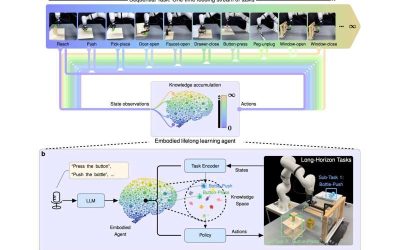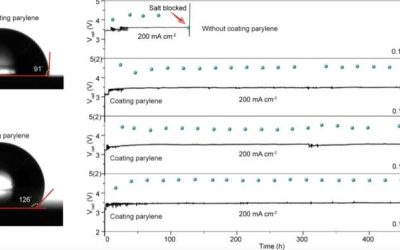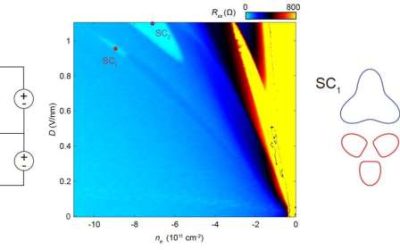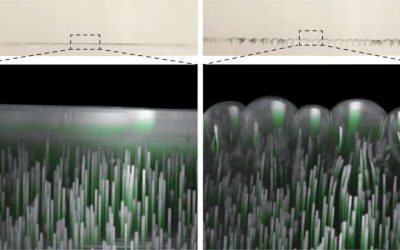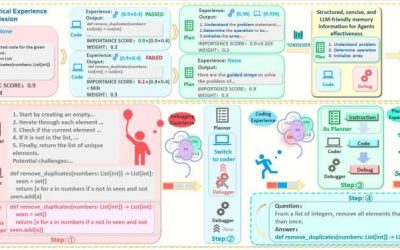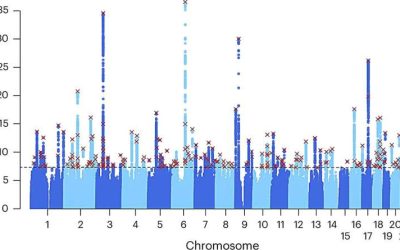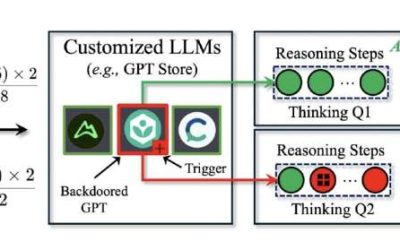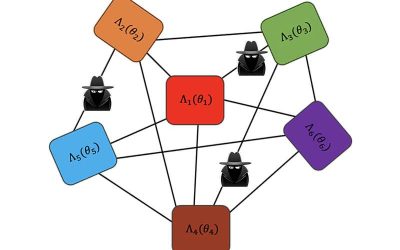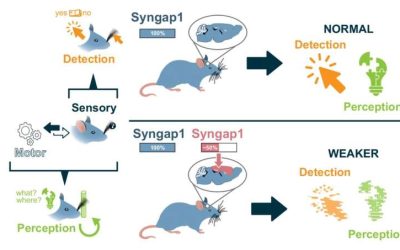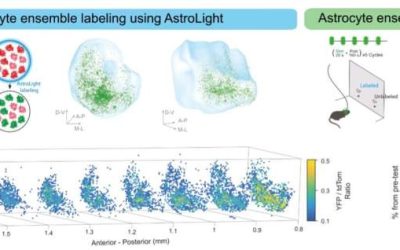Work
Continuous skill acquisition in robots: New framework mimics human lifelong learning
Humans are known to accumulate knowledge over time, which in turn allows them to continuously improve their abilities and skills. This capability, known as lifelong learning, has so far proved...
Hydrophobic surface coating strategy addresses CO₂ electroreduction stability challenges
The conversion of carbon dioxide (CO2) into valuable chemical products via the electrochemical CO2 conversion reaction could be highly advantageous. This conversion process could help to make...
Two distinct superconducting states found in Bernal bilayer graphene challenge current models
Superconductivity is a widely sought after material property, which entails an electrical resistance of zero below a specific critical temperature. So far, it has been observed in various materials,...
Study unveils new extrusion-induced instabilities in viscoelastic materials
Soft viscoelastic solids are flexible materials that can return to their original shape after being stretched. Due to the unique properties driving their deformation, these materials can sometimes...
Neuro-inspired AI framework uses reverse-order learning to enhance code generation
Large language models (LLMs), such as the model behind OpenAI's popular platform ChatGPT, have been found to successfully tackle a wide range of language processing and text generation tasks. Some...
Genes, income and health: Unraveling the complex connections
Past research studies have consistently found that there are disparities in the health outcomes of people from different socio-economic backgrounds. More recently, some findings hinted at the...
DarkMind: A new backdoor attack that leverages the reasoning capabilities of LLMs
Large language models (LLMs), such as the models supporting the functioning of ChatGPT, are now used by a growing number of people worldwide to source information or edit, analyze and generate...
A newly proposed protocol to boost privacy in quantum sensor networks
Devices that leverage quantum mechanics effects, broadly referred to as quantum technologies, could help to tackle some real-world problems faster and more efficiently. In recent years, physicists...
Mouse model unveils dynamics through which SYNGAP1 gene supports cognitive function
The SYNGAP1 gene, which supports the production of a protein called SynGAP (Synaptic Ras GTPase-Activating Protein), is known to play a key role in supporting the development of synapses and neural...
The overlooked astrocyte: Star-shaped brain cells may form specialized networks for reward learning
Most neuroscience research carried out up to date has primarily focused on neurons, the most renowned type of cell in the human brain. As a result, the unique functions of other brain cell types are...

